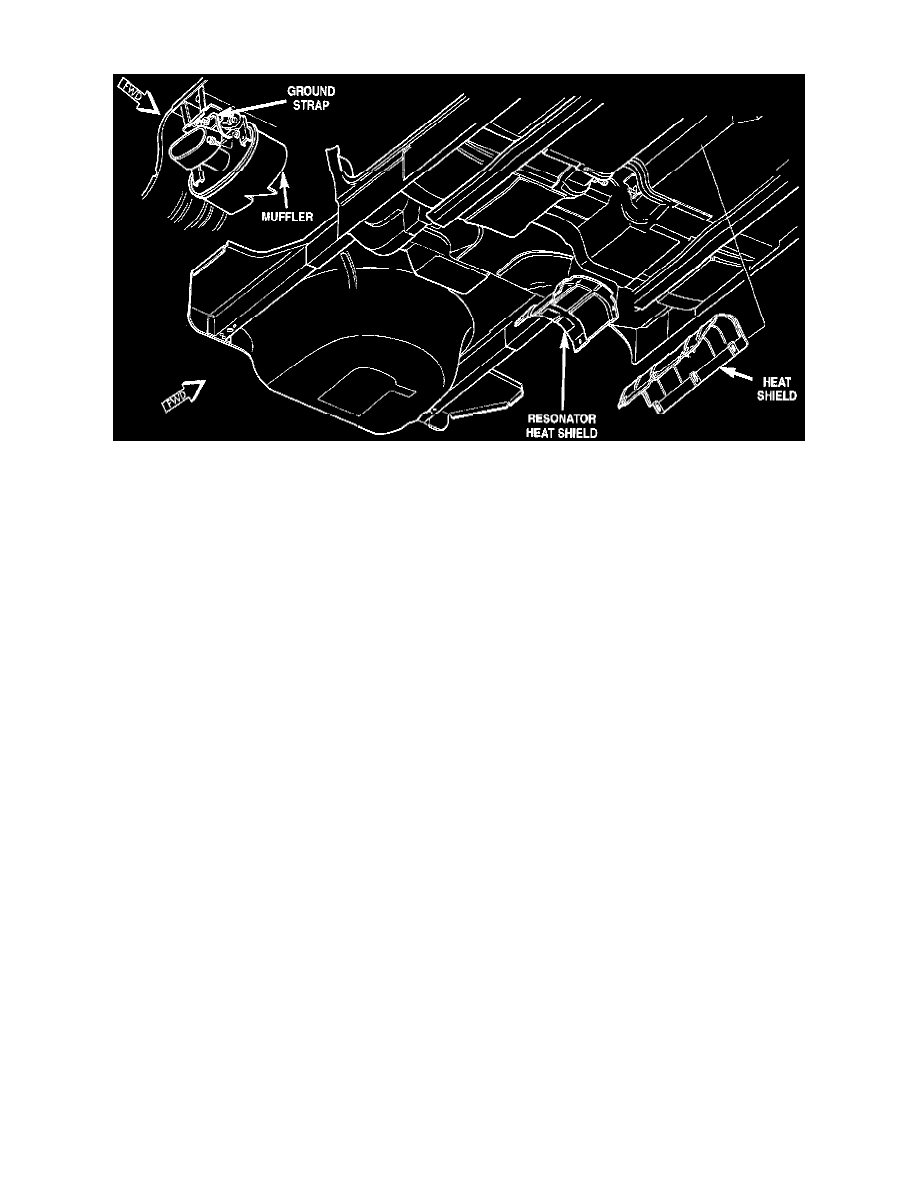Stratus L4-2.4L VIN X (1998)

Heat Shield: Description and Operation
Heat Shields
Heat shields are needed to protect both the vehicle and the environment from the high temperatures developed near the catalytic converters. All
engines are equipped with a heat shield crimped on the top of the convertor.
Avoid application of rust prevention compounds or undercoating materials to exhaust system floor pan heat shields on cars so equipped. Light over
spray near the edges is permitted. Application of coating will greatly reduce the efficiency of the heat shields resulting in excessive floor pan
temperatures and objectionable fumes.
The combustion reaction caused by the catalyst releases additional heat in the exhaust system. Causing temperature increases in the area of the
catalytic convertor under severe operating conditions. Such conditions can exist when the engine misfires or otherwise does not operate at peak
efficiency. Do not remove spark plug wires from plugs or by any other means short out cylinders if exhaust system is equipped with catalytic converter
. Failure of the catalytic converter can occur due to temperature increases caused by unburned fuel passing through the converter.
The use of the catalysts also involves some non-automotive problems. Unleaded gasoline must be used to avoid poisoning the catalyst core. Do not
allow engine to operate at fast idle for extended periods (over 5 minutes). This condition may result in excessive exhaust system and floor pan
temperatures.
